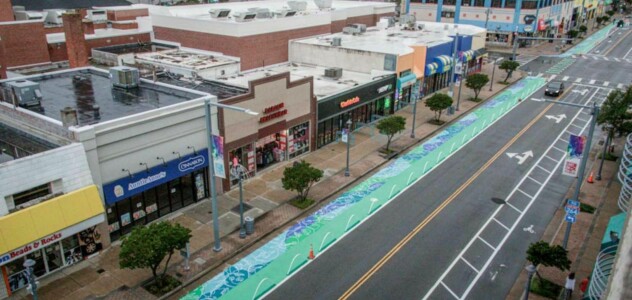
Form-Based Zoning
A way to regulate land development to achieve a specific urban form.

A way to regulate land development to achieve a specific urban form.
Unlike the traditional zoning in place throughout much of Virginia Beach, form-based zoning focuses on building and landscape design rather than separation of commercial and residential land use.
Form-based codes foster predictable built results and a high-quality public realm by using physical form rather than separation of uses as the organizing principle.
They address the relationship between building facades and the public realm, the form and mass of buildings in relation to one another, and the scale and types of streets and blocks.
The standards in form-based codes, presented in both diagrams and words, are keyed to a regulating plan that designates the appropriate form and scale (and therefore, character) of development rather than only distinctions in uses.
This contrasts with conventional zoning’s focus on the micromanagement and segregation of land uses and the control of development intensity through abstract and uncoordinated parameters (such as floor area ratio, dwellings per acre, and minimum setbacks) to the neglect of an integrated built form.
Form-based codes should not be confused with design guidelines or general statements of policy. These codes are mandatory, not advisory, and are adopted into law as regulations.

The form-based code is based on the vision presented in the Resort Area Strategic Action Plan (RASAP) and addresses the relationship between buildings and the public realm.

In order to create the type of development envisioned in the Pembroke Strategic Growth Area Plan, the City is drafting new zoning regulations for this area that will be specific to each of the six districts described in the plan.